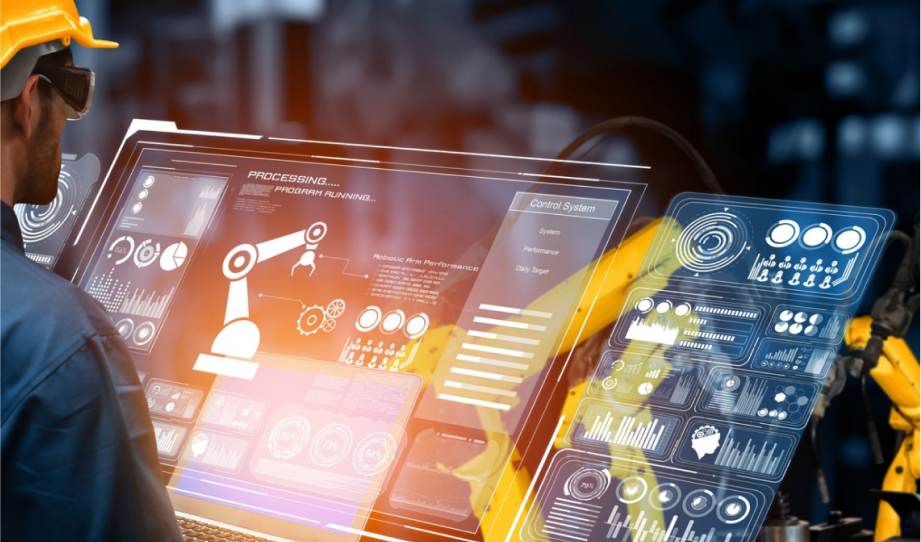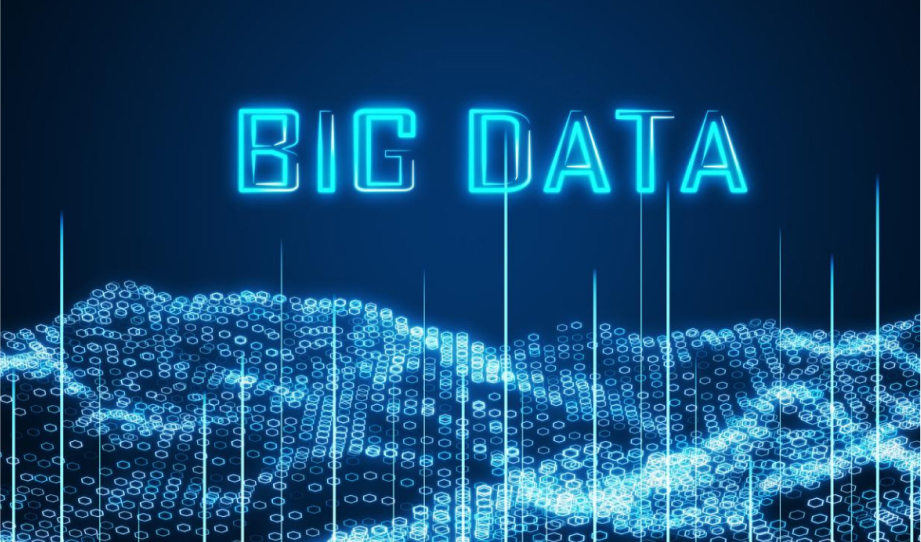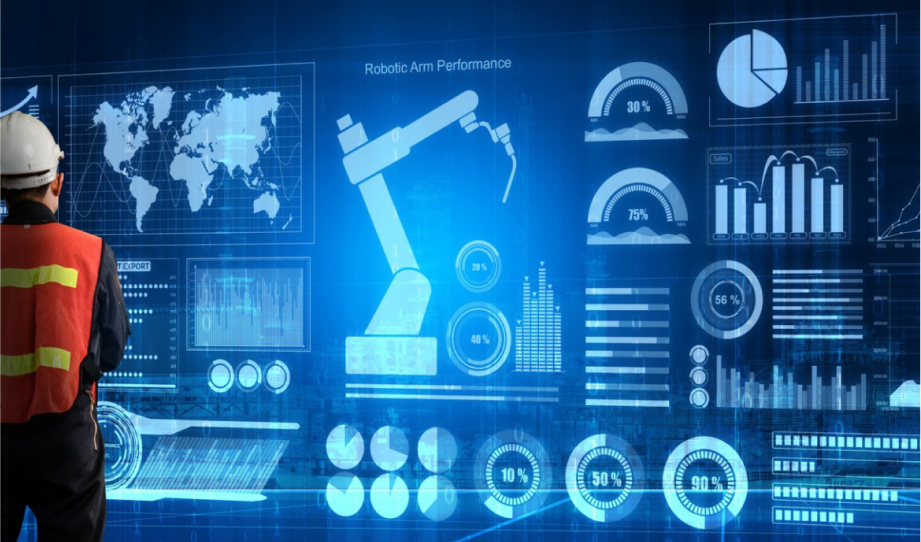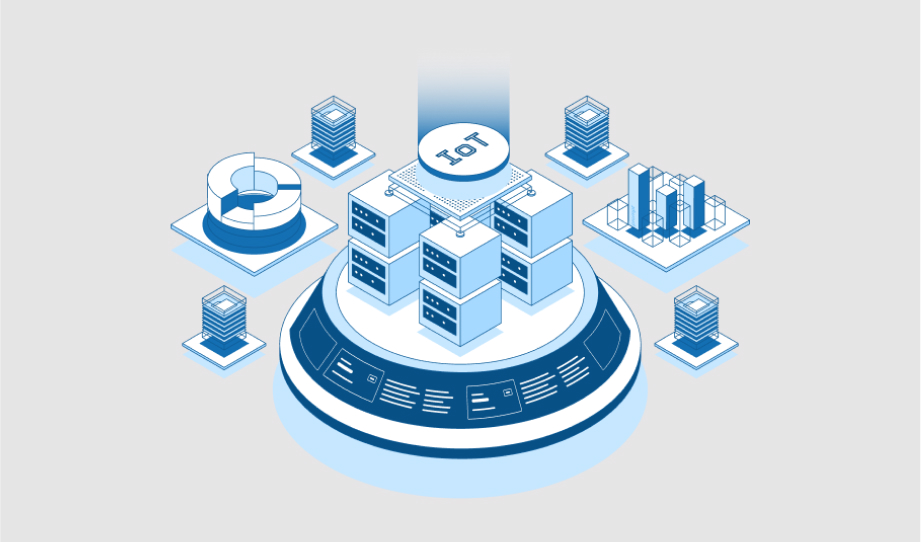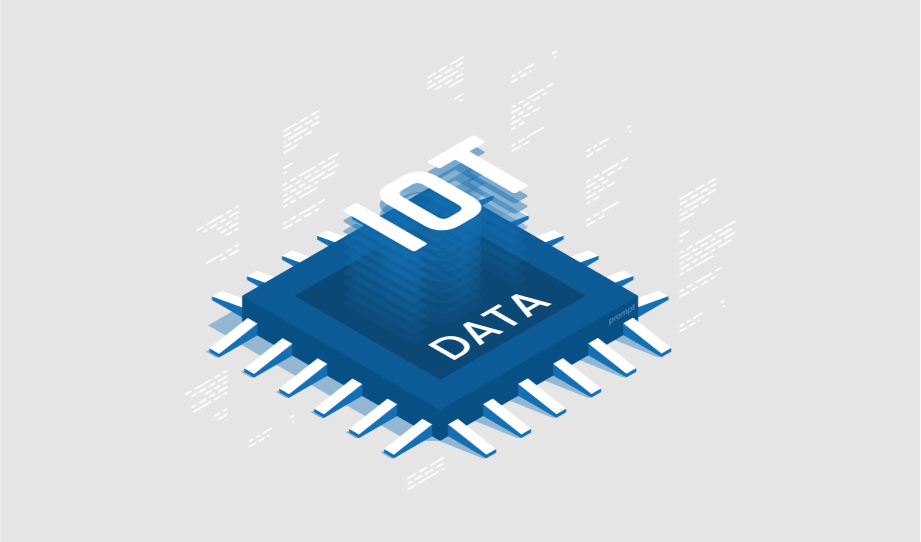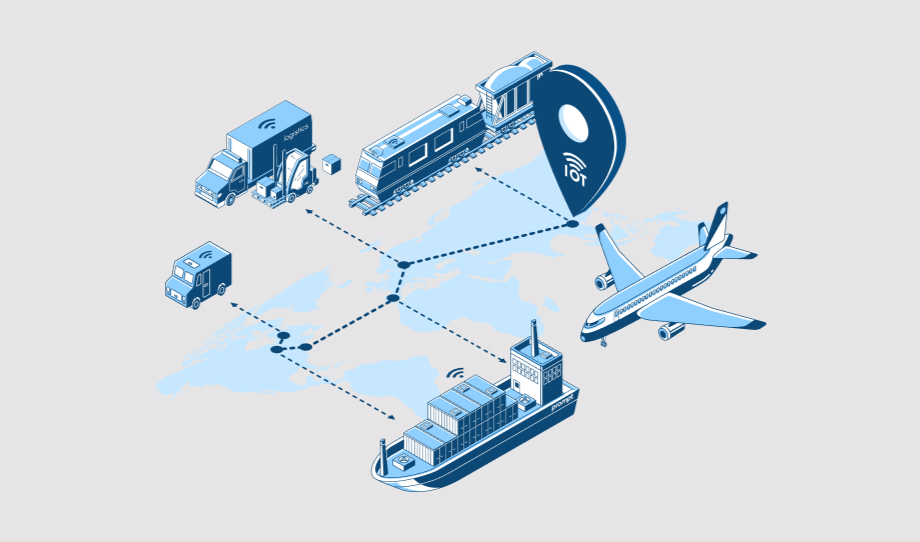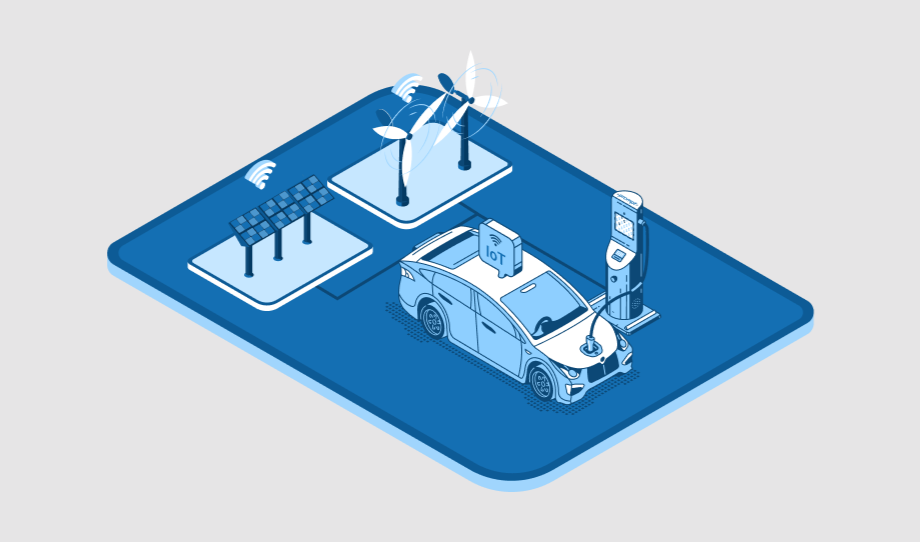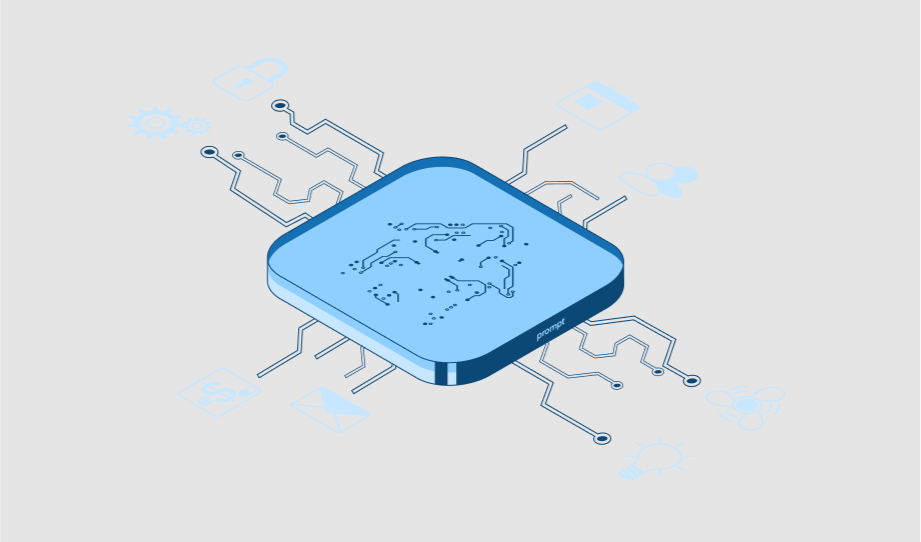How Can Data and Automation Assist with Sustainability in Your Business
The entire world is facing the inevitable digital transformation, which has not just changed the daily…
How Big Data is Changing the Outlook of the Renewable Energy Sector?
The renewable energy sector is facing a significant transformation, and all credit goes to the power of…
How can Big Data be Integrated into Your Business to Improve Output?
Nowadays, information usage is soaring. This information, dubbed Big data, has expanded too large and complicated…
How Can Industrial Data Help Overcome All Business Challenges
Today, if we see the ongoing competition between industrial companies, we can easily underline the challenging…
How to Address Data Management Challenges in IoT Using Fabrics
Whenever we talk about data management, the whole conversation remains incomplete if we do not mention…
What is the Impact of IoT Data Analytics on your Business?
Today, if we observe the trend and business processes, we can express that IoT solutions are…
What is the Impact of IoT on Global Logistics Development
We all know that today, the logistics market is dynamic and has become competitive. In the…
How IoT supports Electric Vehicle Charging and Keeps EVs Running
The evolution in the vehicle industry is remarkable. The increasing vehicle demand is not just consuming…
Why do We Need Enterprise IoT Solutions for Digital Transformation?
We all are well aware of the changes brought by digital transformation, or we can say…




